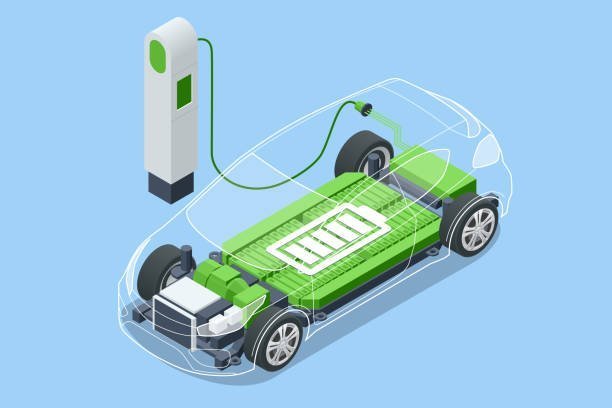The Silent Roadblock: How Microchip Shortage is Stalling the EV Revolution
Microship shortage in EV industryTable of Contents
In the fast-paced world of electric vehicles (EVs), a quiet yet significant obstacle has emerged: the microchip shortage. This unassuming component plays a pivotal role in the functionality of EVs, and its scarcity is causing ripple effects throughout the automotive industry. In this article, we explore the implications of the microchip shortage on the EV revolution and strategies being employed to navigate this challenging terrain.
Unveiling the Microchip Shortage
Microchips, tiny but mighty, serve as the brains behind the operation of modern vehicles, including EVs. From managing battery performance to enabling advanced driver-assistance systems (ADAS), these semiconductor marvels are indispensable. However, disruptions in the semiconductor supply chain, exacerbated by factors such as increased demand and geopolitical tensions, have led to a shortage felt across industries, including automotive manufacturing.
The Impact on the EV Revolution
- Production Hurdles: EV manufacturers are encountering obstacles in meeting production targets due to the microchip shortage. Delays in assembly lines and reduced output have become commonplace, hindering the widespread adoption of electric vehicles.
- Supply Chain Strain: The intricate global supply chain network that sustains EV production is under strain as semiconductor suppliers struggle to keep pace with demand. This strain trickles down to manufacturers, dealerships, and ultimately, consumers.
- Innovation Roadblocks: The microchip shortage poses challenges to innovation within the EV sector. R&D initiatives aimed at enhancing vehicle performance and introducing cutting-edge features may be delayed or scaled back, impacting the pace of technological advancement.
Strategies for Overcoming the Shortage
- Diversification of Suppliers: EV manufacturers are diversifying their supplier base to reduce dependence on a single source for microchips. By spreading risk across multiple suppliers, companies aim to minimize the impact of supply chain disruptions.
- Prioritization of Functions: In the face of limited microchip availability, manufacturers are prioritizing the allocation of chips to essential functions within EVs. Critical systems such as battery management and safety features take precedence to ensure vehicle integrity and performance.
- Efficiency Optimization: Optimizing production processes and conserving microchip usage through efficient inventory management help mitigate the effects of the shortage. Lean manufacturing principles and technological innovations aid in maximizing output amidst supply constraints.
Navigating Towards a Solution
Despite the challenges posed by the microchip shortage, the EV industry remains resilient and forward-thinking. Collaborative efforts between manufacturers, suppliers, and policymakers are underway to address supply chain vulnerabilities and bolster resilience. Investment in domestic semiconductor production, advancements in chip manufacturing technology, and strategic resource allocation are key steps towards overcoming this roadblock and accelerating the EV revolution.
FAQs
1. How long is the microchip shortage expected to last? While the duration of the shortage is uncertain, industry experts anticipate it may persist for several months to years, contingent upon supply chain dynamics and global economic factors.
2. How are EV manufacturers managing production delays caused by the shortage? EV manufacturers are adjusting production schedules, optimizing resource allocation, and exploring alternative sourcing strategies to mitigate the impact of microchip shortages on production timelines.
3. Are certain types of EVs more affected by the microchip shortage than others? While all EVs rely on microchips for various functions, models equipped with advanced features such as autonomous driving capabilities may face greater challenges due to the complexity of their semiconductor requirements.
4. How does the microchip shortage affect consumer options and pricing for EVs? Consumers may experience limited availability of certain EV models, longer wait times for delivery, and potential price increases as manufacturers grapple with production constraints and rising costs.
5. What steps can consumers take to mitigate the impact of the shortage on their EV purchase? Consumers are encouraged to stay informed about production updates from manufacturers, consider alternative vehicle options, and communicate with dealerships for personalized assistance and guidance.
In conclusion, the microchip shortage poses a formidable obstacle to the continued growth and advancement of the EV revolution. However, through strategic adaptation, collaborative innovation, and a steadfast commitment to sustainability, the industry remains poised to overcome this challenge and usher in a future powered by electric mobility.
